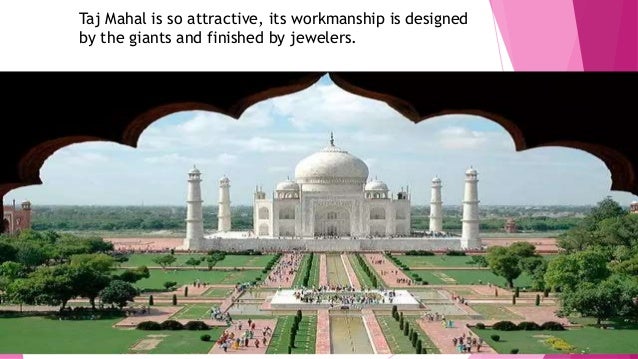Taj Mahal Love Story

Taj Mahal
India’s most iconic landmark is a stunning monument to love, loss, and eternal fidelity. India’s beloved poet Rabindranath Tagore famously called the Taj Mahal, “a teardrop on the cheek of time,” and visitors to this new Wonder of the Modern World and UNESCO World Heritage site are quickly entranced not only by its stunning beauty but also by the love story that inspired it. The Taj Mahal celebrates the great love of India’s Mughal ruler Shah Jahan for his beloved wife Arjumand Banu Begum, better known to history as Mumtaz Mahal or “jewel of the palace.” Jahan first spotted Mumtaz in the bazaar at Agra, selling silks and beads, and the young prince fell madly in love at first sight with the Persian aristocrat.

TAJ MAHAL, the pride of India stands at the heart of the country.The great emperor, Shah Jahan had build this cenotaph to make his love eternal, which gives an instance as a symbol of love. Behind the monument of love there exists a story which is not a fairy tale as expected but a traumatising reality. The Taj Mahal as a monument to love. The Taj Mahal is famous for being the symbol of the romantic love between the Mughal emperor Shah Jahan and a Persian noblewoman, Mumtaz Mahal. Whichever is the real version, it is still way more interesting than the Taj Mahal story. I mean, you have good backstory and characterisation for both leads. The Taj Mahal tells the story of this remarkable dynasty through its greatest artistic achievement. From the soaring domes, to the marble columns inlaid with precious gems, to the vast gardens, to the perfect symmetry of its design, the Taj Mahal expressed the power, grandeur, glory and beauty of the Mughal world.